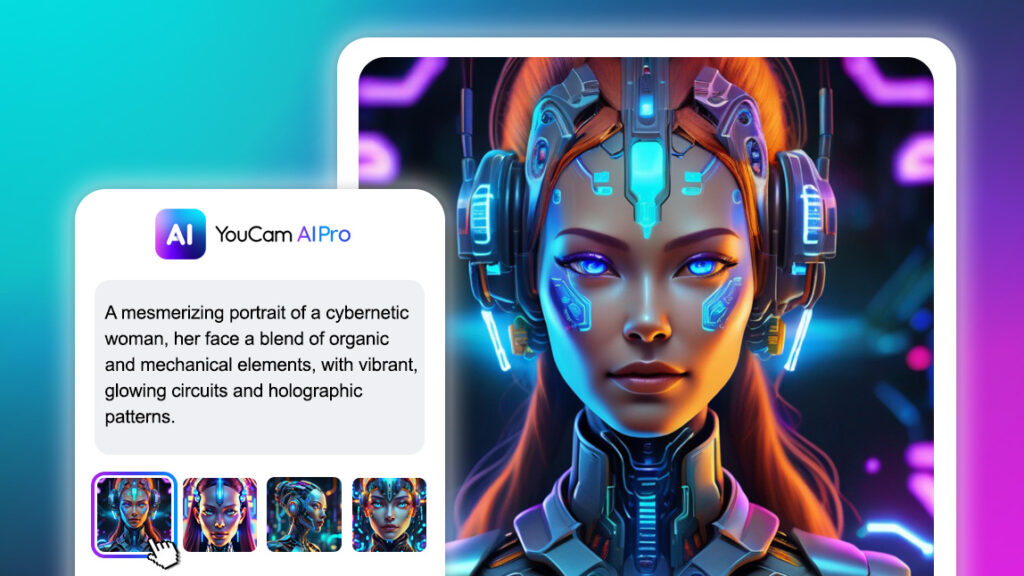Harnessing the Power of AI for Digital Transformation and Business Growth

Artificial Intelligence (AI) is fundamentally reshaping how businesses operate and compete in the digital era. By integrating AI into your business strategy, companies can unlock unprecedented efficiency, elevate decision-making, and revolutionise strategic execution. The rapid advancements in digital design, UX design, graphic design, and multimedia are all influenced by AI’s expanding role. Understanding and leveraging AI not only positions businesses for growth but also for leadership in the ongoing digital transformation.
Understanding Core AI Concepts
To effectively harness AI, it’s vital to grasp its foundational concepts. AI comprises a range of technologies that mimic human intelligence, including machine learning (ML), natural language processing (NLP), and computer vision. ML enables algorithms to learn from data and make predictions, while NLP allows machines to interpret and respond to human language. Furthermore, AI-powered computer vision systems can analyse visual inputs, and robotics merges AI with physical machines to automate tasks.
Each of these technologies has transformative applications in business. For example, ML algorithms can analyse vast datasets to identify trends that inform business strategies, while NLP improves customer interactions through more intuitive, AI-driven chatbots. By gaining a solid understanding of these AI technologies, businesses can strategically apply them to enhance processes and solve specific challenges.
AI’s Key Benefits for Businesses
AI offers numerous benefits, revolutionising core business functions across various industries. A major advantage is increased operational efficiency. By automating routine tasks—such as data entry, customer support, and even elements of UX design—AI frees up valuable human resources to focus on more complex, creative endeavours. Moreover, automation significantly reduces the risk of human error, resulting in more consistent and reliable outcomes.
AI also enhances decision-making processes. With advanced data analytics, AI systems can process enormous volumes of data at remarkable speeds, delivering real-time insights that guide businesses in making informed decisions. This precision in predictive analytics directly supports more strategic resource allocation and planning, especially critical in sectors like multimedia and graphic design, where market trends shift quickly.
AI further fosters innovation by opening doors to new business models. For instance, AI-driven personalisation tailors marketing efforts to individual customers, enhancing engagement and conversion rates. This personalised approach can also extend to UX design, where user experiences are continuously optimised based on AI analysis of user behaviour.
Applications of AI Across Business Domains
The versatility of AI enables its application across many business domains. In supply chain management, AI optimises inventory, predicts demand, and streamlines logistics, helping businesses reduce costs. AI can similarly elevate graphic design and multimedia production by automating repetitive processes, such as generating layouts or performing routine edits, allowing designers to focus on more creative aspects of the project.
AI’s impact is especially notable in customer service. AI-powered chatbots and virtual assistants provide 24/7 support, handle routine queries, and can escalate more complex issues to human agents. This hybrid model enhances customer satisfaction while reducing pressure on service teams.
AI is equally transforming marketing strategies. By analysing customer data, AI identifies patterns that allow for highly targeted and personalised campaigns. This capability extends to UX design, where businesses can continuously refine the user experience based on AI insights, resulting in higher user engagement and improved brand loyalty.
Implementing AI for Strategic Business Growth
Adopting AI technologies is just the beginning. To truly capitalise on AI’s potential, businesses must develop a robust strategy that identifies where AI can add the most value. This process starts with assessing current operations, pinpointing inefficiencies, and determining how AI can address specific challenges. In the context of digital design and UX design, this might involve automating routine tasks or applying AI-driven insights to improve user interfaces and customer journeys.
Successfully managing AI integration requires thoughtful planning. It’s crucial to ensure that AI systems align with business goals and integrate seamlessly into existing workflows. Moreover, as businesses adopt AI, they must remain vigilant about data privacy and security, protecting sensitive information and complying with relevant regulations. Businesses should also focus on upskilling employees, enabling them to work effectively with AI tools as these technologies evolve.
The Future of AI in Business: Embracing Generative AI and Beyond
As we look to the future, generative AI is poised to play a significant role in reshaping industries, particularly in graphic design, digital design, and multimedia. Generative AI, which can create content such as images, music, and text, is becoming a powerful tool for designers, allowing them to produce creative outputs in collaboration with AI. From generating design concepts to producing complex visual elements, generative AI can accelerate production workflows and push the boundaries of creativity.
Businesses should stay informed about AI advancements, incorporating emerging technologies such as autonomous systems and advanced robotics into their strategies. AI’s ability to automate complex processes and deliver deeper insights will become increasingly critical for companies seeking to remain competitive in the digital age.
To learn more about the intersection of AI and digital design, explore external resources such as AI Trends, AI News, and the AI Business portal. Staying informed is key to integrating AI into your strategy and positioning your business for long-term success.
Conclusion
Embracing AI in business is essential for driving innovation and growth. By understanding AI’s core concepts, applying them across various domains, and staying ahead of future trends like generative AI, companies can transform their operations and build competitive advantages. In today’s fast-evolving digital landscape, integrating AI is not just an option; it’s a necessity for long-term success.
Explore more insights on digital design, UX design, and AI-driven strategies at dddesignation.com.
